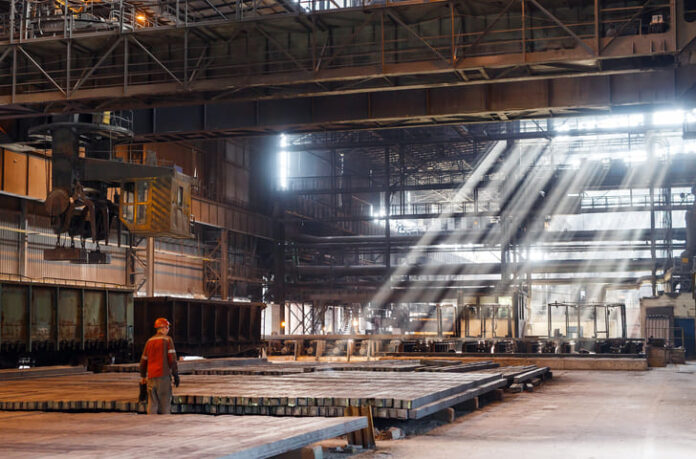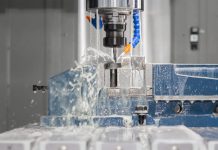As industries strive for environmental responsibility and efficiency, syngas is emerging as a promising alternative fuel. This synthetic gas, produced by gasifying carbon-rich materials, is being used to generate electricity in more eco-friendly ways. While syngas itself doesn’t directly fuel electroplating, its role in powering industrial facilities offers significant environmental and operational benefits.
Transforming Electroplating with Syngas-Generated Electricity
Electroplating is an energy-intensive process where metal ions are deposited onto a surface using an electrical current. Traditionally, the electricity used for electroplating has come from conventional fossil fuel sources, contributing to carbon emissions. By using syngas-generated electricity, manufacturers can reduce their reliance on conventional fuels, thereby decreasing their overall carbon footprint.
When used in efficient power generation systems, syngas can lead to lower greenhouse gas emissions, especially if derived from renewable biomass. This shift is particularly important for electroplating, where cleaner electricity generation can greatly impact sustainability.
The Role of Gas Scrubbers
While syngas offers cleaner energy options, the industrial processes associated with it still produce emissions. To fully realise the environmental benefits, gas scrubbers play a critical role in capturing pollutants from exhaust gases before they’re released into the atmosphere.
How Gas Scrubbers Work
Gas scrubbers are designed to capture pollutants from exhaust gases. They work by passing the gas through a scrubbing solution or filtering system that traps harmful substances. Depending on the type, scrubbers may use chemical reactions or physical absorption to remove contaminants. This ensures that even as syngas is used to generate power, the emissions are carefully controlled.
Energy Efficiency and Syngas in Electroplating
While syngas can offer cleaner energy generation, the real opportunity for improving the electroplating process lies in optimising how electricity is used. This can include implementing energy-saving technologies, using smarter control systems, and adjusting processes to minimise electricity consumption. These innovations can improve both the efficiency and environmental impact of electroplating.
For example, advanced power supplies that adjust the current dynamically during electroplating can help reduce wastage. Combining such improvements with electricity generated from syngas offers a twofold benefit: cleaner energy input and more efficient usage.
Redefining Industrial Processes
The integration of syngas into manufacturing isn’t merely a technical upgrade. It forces us to rethink entire production paradigms. Instead of focusing on how to fit syngas into existing frameworks, it encourages us to redesign processes from the ground up. This could mean reengineering equipment, adopting new technologies or even changing how we approach resource management. Such radical rethinking could pave the way for breakthroughs that not only optimise energy use but also drive broader industrial innovation.
Looking Forward
As syngas and advanced emission control technologies become more widely adopted, they’re setting new standards for electroplating and manufacturing in general. Embracing these innovations will help industries address current challenges and pave the way for a more sustainable future.
In essence, the adoption of syngas and modern, advanced gas scrubbers represents a significant step towards more efficient electroplating.



































